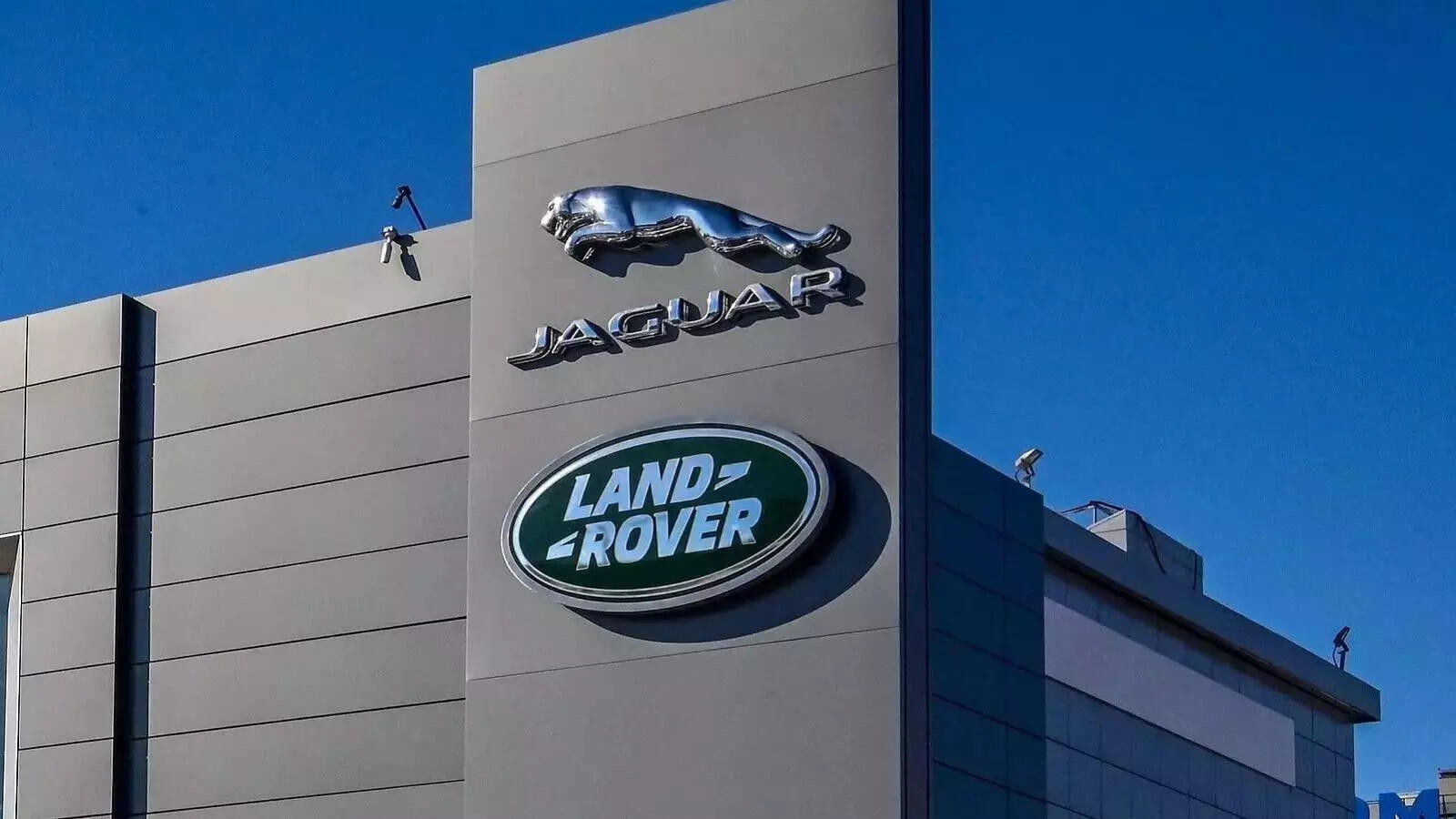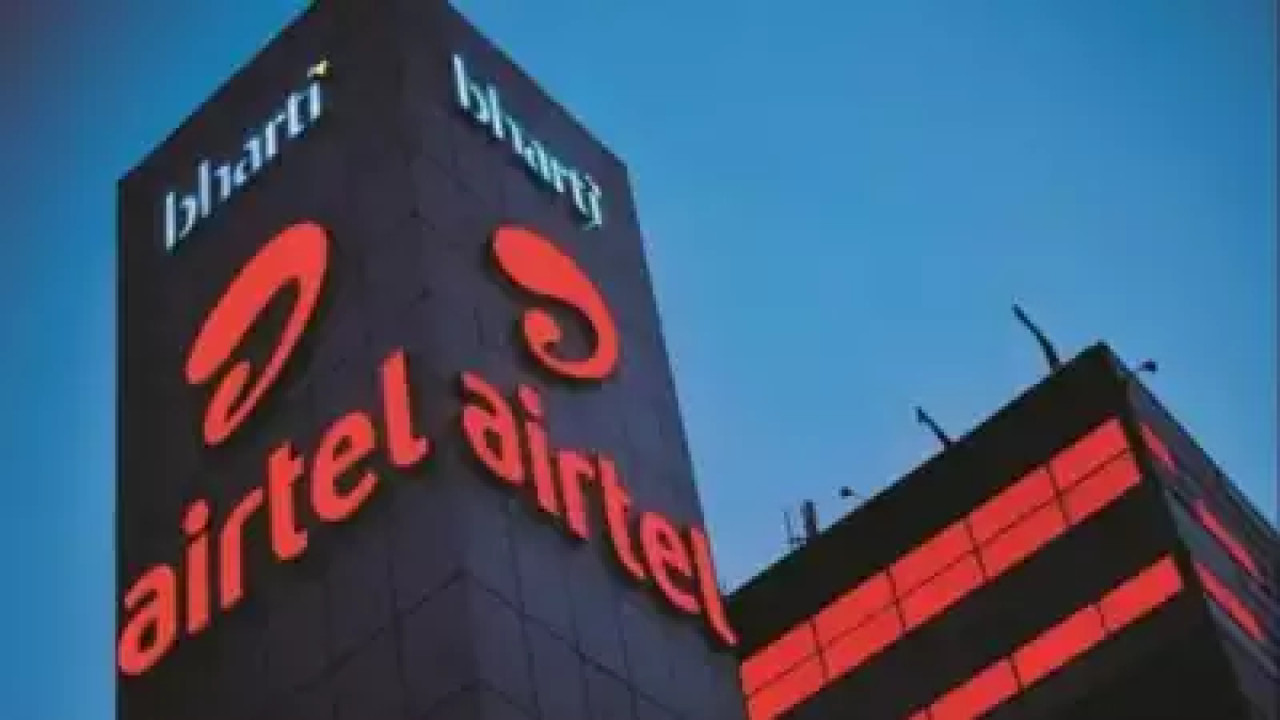A New Chapter for Jaguar Land Rover: What Thierry Bolloré’s Departure Means
The automotive world is buzzing with the unexpected news: Thierry Bolloré, the CEO of Jaguar Land Rover (JLR), has stepped down after a tenure of just over two years. While the official statement cites “personal reasons,” the abruptness of the departure has sparked a flurry of speculation about what’s next for the iconic British marque. So, what does this change at the top mean for JLR, its ambitious Reimagine strategy, and the future of luxury electric vehicles?
Bolloré took the helm in September 2020, navigating the company through a turbulent period marked by a global pandemic, supply chain disruptions (particularly the semiconductor shortage), and the accelerating shift toward electrification. His defining move was undoubtedly the “Reimagine” strategy, a bold plan to transform JLR into an all-electric luxury brand by 2039, with Jaguar leading the charge with a complete electric lineup by 2025. The plan also included a significant overhaul of the Range Rover, Defender, and Discovery brands.

Rohan Patel Steps In: A Period of Transition
With Bolloré’s departure, Chief Financial Officer Adrian Mardell has been appointed as Interim CEO. Simultaneously, JLR has announced that Rohan Patel will assume the new role of CEO, reporting directly to the Tata Sons board. This is significant, signalling that JLR is streamlining reporting lines and creating a new level of oversight. Patel previously served as special advisor to Chairman, Tata Sons.
This leadership change comes at a crucial time for JLR. The company has been grappling with profitability challenges despite strong demand for its vehicles. The transition to electric vehicles requires massive investment in research and development, new manufacturing facilities, and battery technology. Moreover, competing in the luxury EV space means going head-to-head with established players like Tesla, Mercedes-Benz, and BMW, all of whom are aggressively pursuing their own electrification strategies.
Reimagine Under Scrutiny: Is the All-Electric Dream Still on Track?
The big question is whether Bolloré’s departure will lead to a significant shift in the “Reimagine” strategy. While JLR has publicly reaffirmed its commitment to the plan, new leadership often brings fresh perspectives and potentially, adjustments to existing strategies. The timeline for Jaguar’s all-electric transformation is particularly ambitious, and industry analysts are keen to see if that target remains achievable. The strategy also relies on significantly increased profitability to fund the investment in EV technology, something that the company has been struggling to achieve.
One area where we might see adjustments is in the balance between all-electric and hybrid models. While Jaguar is set to go full electric, the Land Rover brands may adopt a more gradual approach, offering a mix of plug-in hybrid and all-electric options to cater to a wider range of customer preferences. This could provide a more balanced approach, mitigating some of the risks associated with relying solely on electric vehicles in the near term.
JLR’s decision to bring in an executive directly connected to Tata Sons also suggests that the parent company is looking for more direct control and accountability over JLR’s performance. It might be also indicative of Tata Sons wanting to expedite the ambitious Reimagine program. This increased scrutiny could lead to more aggressive cost-cutting measures or a renewed focus on improving operational efficiency.
The Road Ahead: Challenges and Opportunities for Jaguar Land Rover
The next few months will be critical for JLR. The leadership transition needs to be smooth, and the company must maintain momentum on its key strategic initiatives. Supply chain issues need to be resolved, production needs to be ramped up to meet demand, and the company must continue to invest in innovative technologies. The brand needs to also be able to navigate economic uncertainty, and rapidly changing consumer preferences.
Despite the challenges, JLR has significant opportunities. The demand for luxury SUVs remains strong, and the company’s iconic brands continue to hold significant appeal. If JLR can successfully execute its electrification strategy, improve its profitability, and leverage its strong brand heritage, it has the potential to become a major player in the luxury EV market. The shift to electric vehicles and the adoption of more sustainable technologies also align with growing environmental concerns, opening new doors for responsible car manufacturers. The leadership change is a pivot point; whether it will lead to success for Jaguar Land Rover remains to be seen.
Ultimately, the success of this new era for Jaguar Land Rover hinges on visionary leadership, strategic execution, and the ability to adapt to a rapidly evolving automotive landscape. Only time will tell if this change at the top will steer JLR toward a brighter, electric future. For a closer look at JLR’s ongoing electrification efforts, check out our previous post on their battery technology investments.







